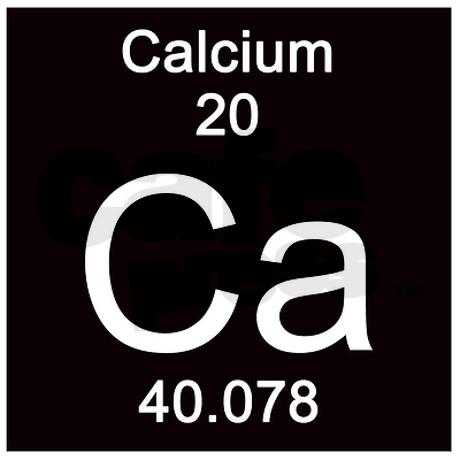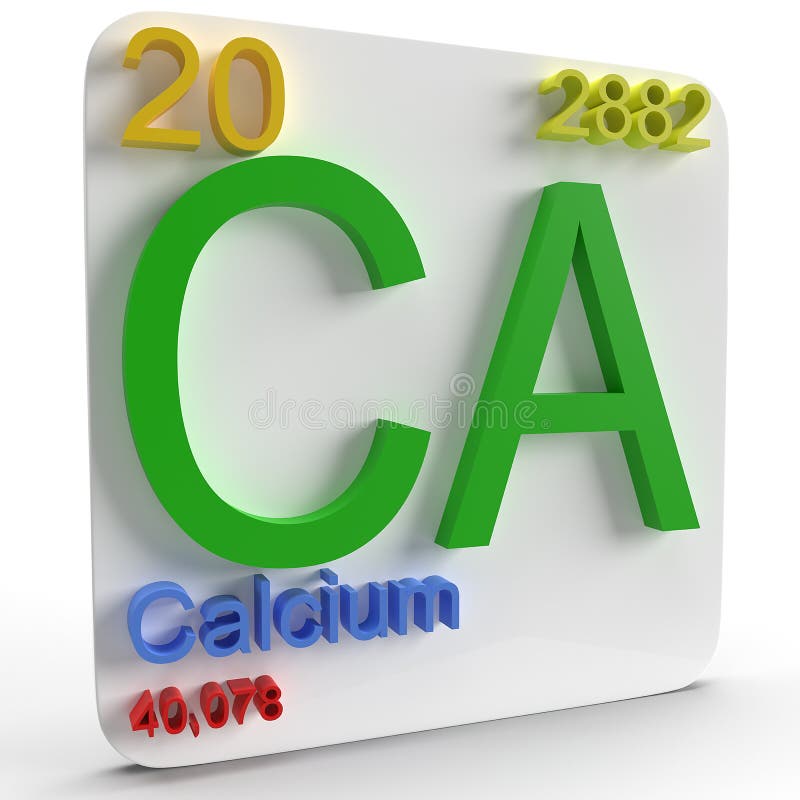

CALCIUM NUMBER ON PERIODIC TABLE FREE
However, this assumes the atom to exhibit a spherical shape, which is only obeyed for atoms in vacuum or free space. The atomic radius of a chemical element is a measure of the distance out to which the electron cloud extends from the nucleus. It must be noted, atoms lack a well-defined outer boundary. The atomic radius of Calcium atom is 176pm (covalent radius). The alkaline-earth elements are highly metallic and are good conductors of electricity. Calcium, symbol Ca, is an alkaline earth metal in the second column of the periodic table. The elements are beryllium (Be), magnesium (Mg), calcium (Ca), strontium (Sr), barium (Ba), and radium (Ra). Those are subtle reminders of the history of the Periodic Table and the process of the discovery of elements over the millennia. Alkaline-earth metal, any of the six chemical elements that comprise Group 2 of the periodic table. Note that, each element may contain more isotopes, therefore this resulting atomic mass is calculated from naturally-occuring isotopes and their abundance. Calcium (Ca) is a silvery-white soft metal that has the atomic number 20 in the periodic table. In fact, there are eleven of the abbreviations for the elements which dont seem to match the modern name. The atomic mass is carried by the atomic nucleus, which occupies only about 10 -12 of the total volume of the atom or less, but it contains all the positive charge and at least 99.95% of the total mass of the atom. The atomic mass or relative isotopic mass refers to the mass of a single particle, and therefore is tied to a certain specific isotope of an element.

Mass numbers of typical isotopes of Calcium are 40 42 43 44 46. Isotopes are nuclides that have the same atomic number and are therefore the same element, but differ in the number of neutrons. The difference between the neutron number and the atomic number is known as the neutron excess: D = N – Z = A – 2Z.įor stable elements, there is usually a variety of stable isotopes. Neutron number plus atomic number equals atomic mass number: N+Z=A.

The total number of neutrons in the nucleus of an atom is called the neutron number of the atom and is given the symbol N. The total electrical charge of the nucleus is therefore +Ze, where e (elementary charge) equals to 1,602 x 10 -19 coulombs. Total number of protons in the nucleus is called the atomic number of the atom and is given the symbol Z. Chemistry In the modern periodic table, the element calcium (atomic number20) is surrounded by elements with atomic number 12,19,21 and 38, which of those. Their recent paper in Nature Catalysis has been chosen as a prime example in modern calcium chemistry and has been posted as a Nature Research Blog to the scientific community.Atomic Number – Protons, Electrons and Neutrons in CalciumĬalcium is a chemical element with atomic number 20 which means there are 20 protons in its nucleus. The two elements following argon in the periodic table are potassium, with a single 4s electron, and calcium, with two 4s electrons. Harder, Chair of Inorganic and Organometallic Chemistry, however, has been pioneering catalysis with organometallic calcium complexes for over two decades, demonstrating that the simple highly abundant metal calcium can do jobs for which normally precious metals like platinum are needed. Calcium sulfate (gips) or phosphate (a component of baking powder) have always been important bulk chemicals. Calcium was first discovered by Sir Humphry Davy, a British Chemist, in 1808, in England, through the electrolysis of a mixture of lime (CaO) and mercuric. FAU researchers gave the 20 th element calcium a face in the interactive periodic table published by the famous Nature publishing group:īeing a major part of limestone, there are certainly no shortages of calcium. Referring to Figure 8.2.1, draw an orbital diagram to represent those valence orbitals. Then subtract its number of electrons from those in phosphorus to obtain the number of valence electrons in phosphorus. Lanthanide and Actinide Series: Variable positive charges. Strategy: Locate the nearest noble gas preceding phosphorus in the periodic table. Groups 3-12 (Transition Metals): Variable positive charges. The periodic table, also known as the periodic table of the elements, arranges the chemical elements into rows ('periods') and columns ('groups'). In the periodic table, calcium, element 20, is surrounded by elements 12 magnesium, 19 potassium, 21 scandium, and 38 strontium. The usual charge of an element is common to its group. The atoms that build-up all matter each have their own fascinating story and scientific meaning. There are four ways to find the charge of an element: Use the periodic table. This year of the periodic table draws worldwide attention to the chemical elements.


 0 kommentar(er)
0 kommentar(er)
